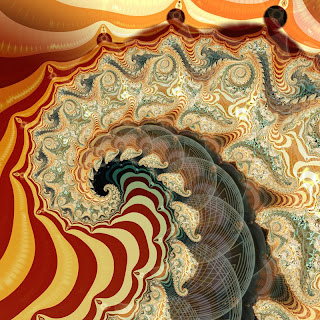Today I read two articles on the New York Times website, one a
complaint about some art being unsuitable for children, the other a
description of a work of (performance?) art in which coffee was given away. Between the two articles, I've been reminded of a whole bunch of things in the current state of the art world that make me unhappy enough to deny that I am an artist at all. Really, I wish there was some better word to describe what it it I am, and what it is I do, because "art" doesn't seem to have anything much to do with it.
First, there is the kind of art that is supposed to be shocking. It isn't, anymore, but people keep making the stuff and insisting that it challenges people. As far as I can tell, the only challenge involved is trying to find something to say about it other than "Bah, another one about bodily fluids." If there is still any shock value to be had, it's limited to unsuspecting parents suddenly realizing that their afternoon's outing with the kids is going to involve a lot more explanation (and
teachable moments—ugh, what a horrible phrase) than they had planned.
The difficulty with this over-saturation in shock art is that eventually it reaches a stage where if you're making something that isn't pornographic, or woven out of your dead grandfather's armpit hair, or saturated in your own menstrual blood, no one is willing to admit that it might be art. It will be dismissed as mere decoration, pretty-making, inconsequential, something to hang over the couch. It isn't art; it doesn't count. I really hate that particular aspect, mainly because it means it's hard for me to be taken seriously (hey, my stuff's often pretty!), but also because it's incredibly narrow and limited. It means there's not much out there that I want to look at, or be curious about, or be inspired by.
The coffee thing is much simpler to explain, I think. If people can't tell whether a thing is supposed to be art or not, and if when they're told it
is art, they only become more confused, that work of art has failed. Yeah, there are artists out there who will say that the point of their art is to produce bafflement and to make people question their entire view of the world, and their place in it, and art's relation to them, and blah blah blah. As far as I can tell, that kind of art mainly produces irritation rather than insight, and as such, is completely full of shit.
Maybe I should write a manifesto.
Anyway, the image I'm posting today is only tangentially related to all this. Mainly it was an exercise in applying some of yesterday's shapes to an actual fractal. Arguably, it's also related to my recent letterpress
License to Print Money.Economic Debacle or Hardly Currency





















































